HOW BIG PICTURE WORKS
Big Picture works by putting students at the centre of their own learning. We believe that the Big Picture framework is most deep, well thought-out educational paradigm in the world. The structures at the core of a Big Picture school allow us to truly personalise each child’s educational journey.
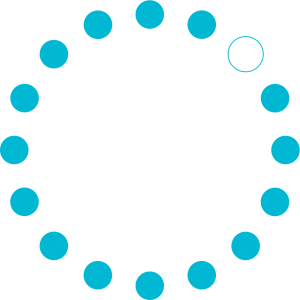

ADVISORY
Under the Big Picture model, the school is divided into advisories. Each advisory has a maximum of 15-18 students along with 1-2 advisors . Advisories are small, tight-knit families that become the home base for your child.
The advisory structure ensures that your child forms deep relationships with his peers and his advisor. It allows the advisor to understand each child – his needs, interests and passions; in order to truly personalise his education.
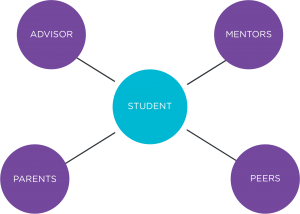
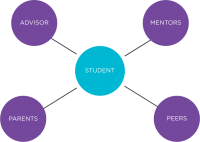
LEARNING TEAM
At Big Picture it’s not the teacher, but the student who is at the center. Each student has his own learning team which includes not just the advisor, but also his parents, external mentors, and peers – opening up many avenues of learning. The learning team helps the student discover and develop his talents and passions and connects him to real world occupations, professionals and mentors.
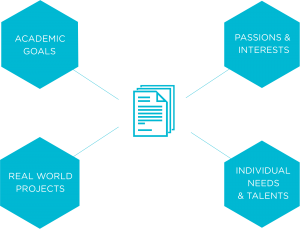
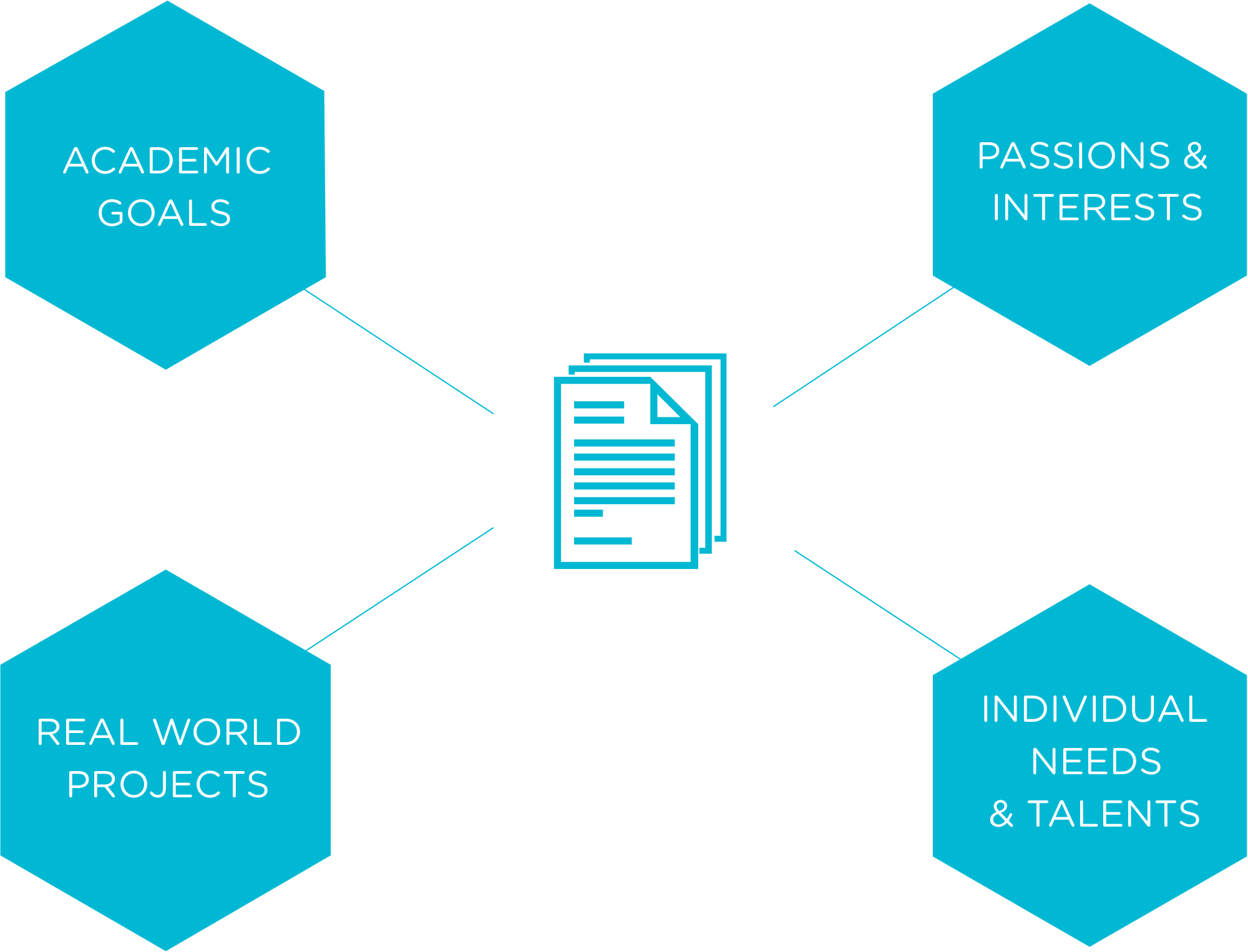
PERSONALISED LEARNING PLAN
The advisor helps each student create a personalised learning plan, which integrates academic goals, individual needs as well as real world projects based on the students interests and passions. The learning plan allows us to truly personalise your child’s education – he can learn at his own pace using whatever tools and resources work best for him and learn about things that interest him. It gives the students ownership and agency over their own learning, giving them a sense that there is no limit to how much they can learn and that their learning is not constrained by the school day or the school year.
LEARNING CYCLE
The school year is divided into learning cycles that begin with a learning plan.

1. Learning Plan
At the start of the learning cycle, the learning team helps the student document into the learning plan the academic goals, real world projects, interests and passions, areas of improvement that the student will pursue during the learning cycle.

2. Organise and do it
Time at school is divided into workshops and Independent Work Time (IWT) / Learning Agreement Time (LA), where students work on the goals and projects outlined in their learning plans. IWT/LA helps children learn about planning, time management, goal setting, decision making, and other critical 21st century skills.

3. Exhibitions
At the end of the learning cycle, each student demonstrates his learning through exhibitions, where they showcase their work to their learning team, peers and external mentors or professionals. Students practice their presentation skills and also get feedback on their work from domain experts and professionals from the real world.

4. Reflections and Assessment
Students reflect upon their work and the progress made against the learning plan. They think about what they liked about their work, how they can improve and about the next challenge they want to take on.
Big Picture helps students explore and develop their interests, do real work in the real world, develop critical 21st century skills and a lot more.
LIFE AT SCHOOL
From Nursery to Grade 5, a typical day for a student would be divided into the following three parts

workshops
Workshops address the academic requirements like literacy, maths and other subject specific areas. These are done through inquiry driven, trans-disciplinary themes as prescribed by the IB PYP program. Workshops would also include Big Picture practices like interest exploration, and interactions with real world professionals.
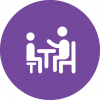
learning agreement time
A part of the day will be for students to work independently in different learning centres of their choice, or on independent projects if they are old enough. During this time, the advisor works 1:1 with students and helps them develop and grow around their interests and passions.
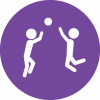
activity clubs and play
A part of the day will be free and structured outdoor play. Play is an incredibly important element of our curriculum as it is critical to the social and emotional development of children at this age. It also vital for their mental and physical well being.
From Grade 6 to Grade 8, a typical day for a student would be divided into the following three parts

workshops
Workshops address the academic requirements like literacy, maths and other subject specific areas. With the MYP program, we move to a context and concept based approach which brings together different academic disciplines. It helps students learn about different phenomenon, solve problems and create products. Workshops would also include Big Picture practices like interest exploration, interactions with real world professionals, goal setting, planning and learning plan development.

independent work time
A part of the day will be for students to independently work on their projects and learning plan goals. During this time, the advisor works 1:1 with students and helps them explore and develop their interest and passions. IWT helps students become autonomous learners and develop 21st century skills like planning, goal setting and time management.

sports and clubs
We will have extensive opportunities for students to engage with various sports and activity clubs. These include specific skills and interest based programs like coding, robotics, design, martial arts, skating, etc. It also includes student clubs like debate, filmmaking, photography, bands and, of course, organised sports. We will strive to organise around every interest and passion that our children seek to pursue.
From Grades 9 – 12, a typical week for a student would be divided into 4 parts.

internships
At the high school level, Big Picture students take up internships at real world organisations and engage in mentorship programs with professionals related to their interests. This gives them valuable exposure to how things work in the real world and helps them build important professional skills. Big Picture students typically have elaborate resumés with rich experience and extensive portfolios of their work before they even graduate from school.
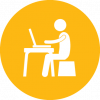
academics
Academic goals are covered by various means including real world projects, workshops and self paced learning. At the grade 11 and 12 level, students can choose to take up the IB Career Program, which is more focused on real world work and careers, or the IB Diploma Program, which has higher academic expectations.

real world projects
Students take up independent projects based on their passions and interests. These projects typically involve real work in the profession or industry that the student is pursuing. Such work helps the students learn and grow in their domain and develop a portfolio of original work.

sports and clubs
We will have a wide range of sports and interest based clubs that are increasingly led by the students themselves so they learn not only technical skills but also organisational and leadership skills. Students will have ample opportunities to participate and even initiate inter-school competitions, clubs and programs.
To learn more about the Big Picture framework and how we can personalise your child’s education, sign up for a one-on-one session with a member from our team.
